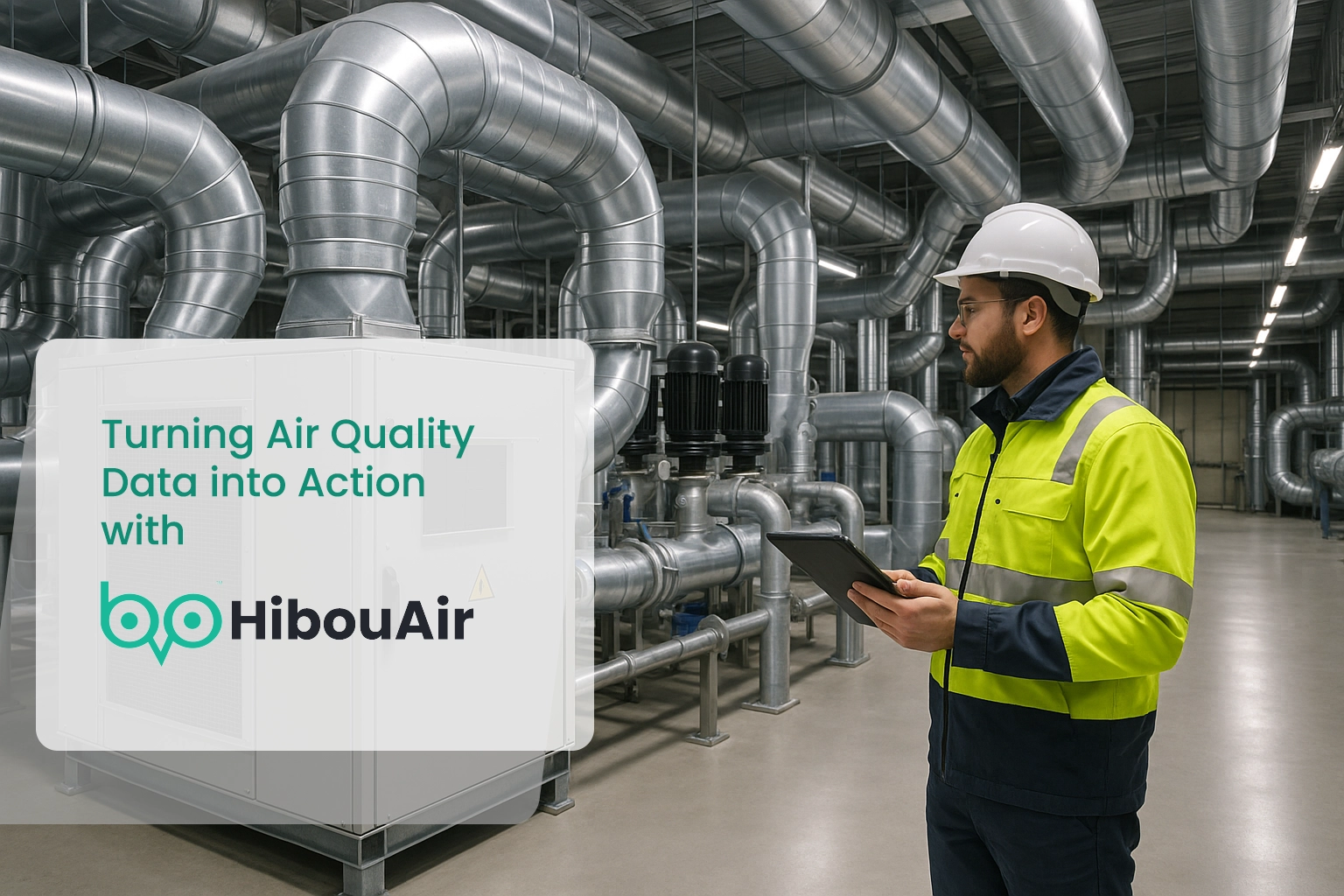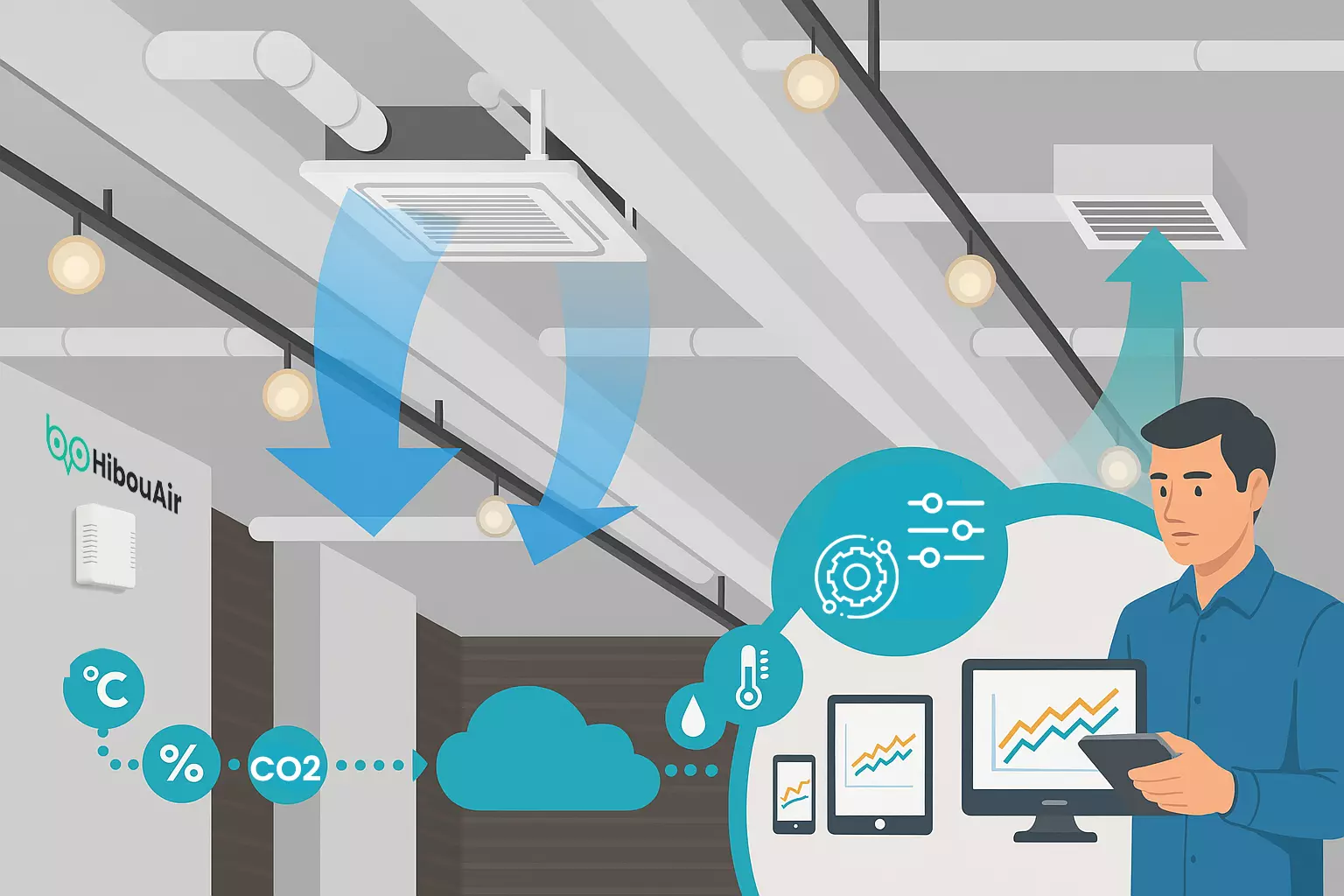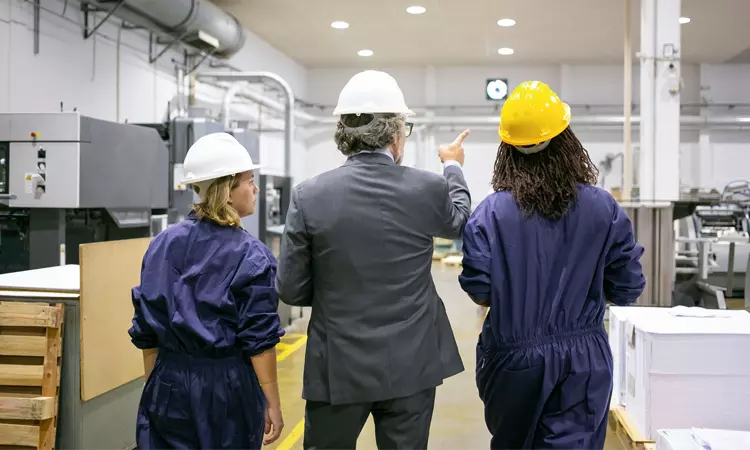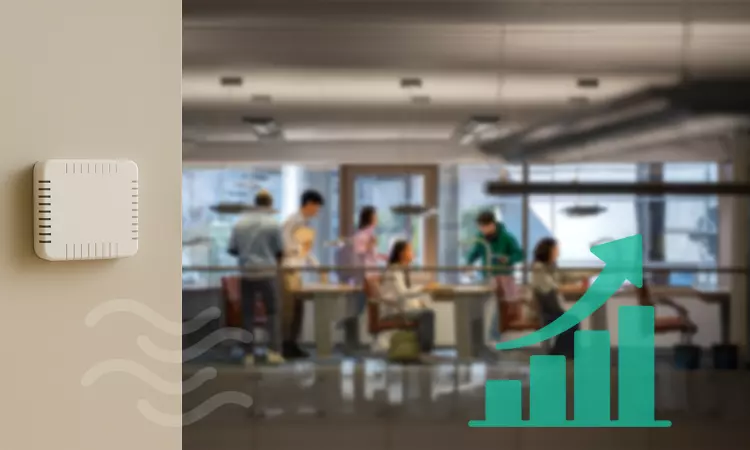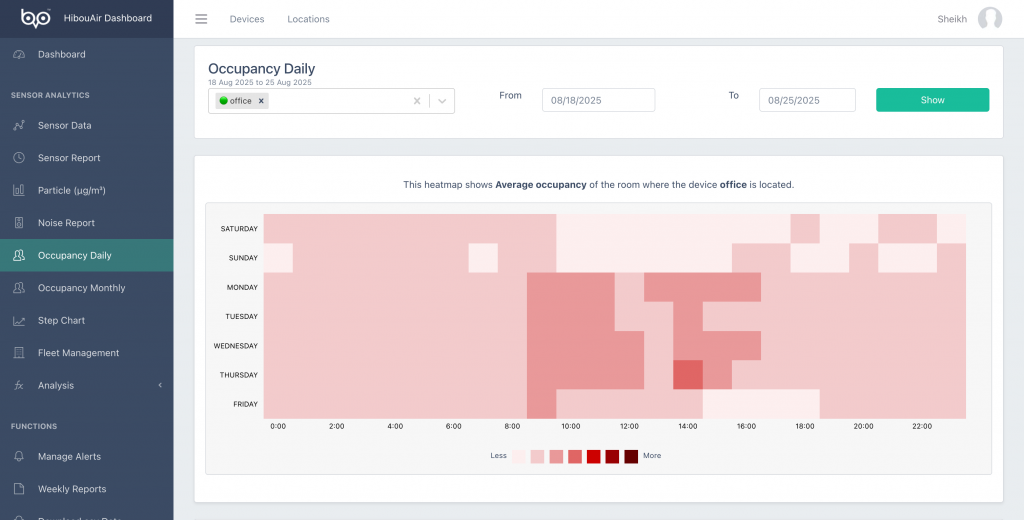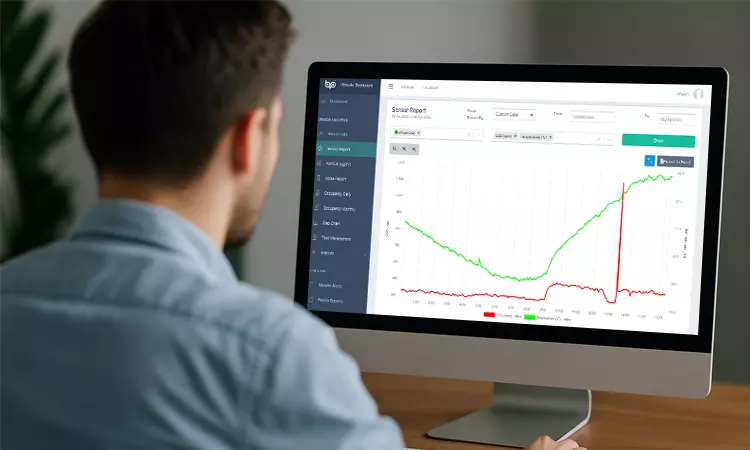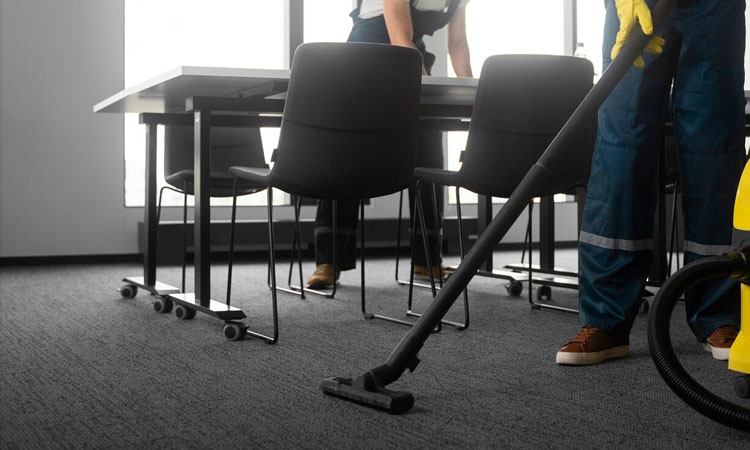Indoor air quality is a growing concern across every sector, and CO2 is one of the most reliable indicators of how healthy or unhealthy an environment truly is. Although we cannot see or smell it, rising CO2 levels can have immediate effects on how we feel, think, and perform. From workplaces and classrooms to healthcare facilities and homes, CO2 monitoring has become essential for protecting people and optimizing spaces.
This article highlights the key places where CO2 monitoring is most valuable, explains why it makes such a difference, and shows how HibouAir delivers dependable solutions tailored to these needs.
Environments Where CO2 Monitoring Is Essential
Offices and Corporate Workplaces
Modern office buildings are designed to be energy-efficient, but that often means less natural ventilation. As CO2 builds up, employees experience fatigue, headaches, and reduced concentration. Monitoring CO2 helps facility managers fine-tune ventilation strategies and maintain healthier workplaces. Explore how HibouAir supports office air quality improvements.
Schools, Colleges, and Universities
Learning environments require fresh air for students to stay alert and engaged. When CO2 levels climb, concentration drops and performance suffers. Installing monitors in classrooms, lecture halls, and libraries ensures that air circulation supports both wellbeing and academic success. Learn more about HibouAir in schools and educational settings.
Hospitals and Elderly Care Centers
Healthcare facilities demand the highest air quality standards. Patients recovering from illness, the elderly, and healthcare professionals all need stable conditions. Elevated CO2 can put added stress on patients and slow down recovery. Reliable monitoring offers peace of mind and aligns with healthcare IAQ requirements.

Hospitality and Dining Spaces
The comfort of hotel guests and restaurant visitors is directly linked to air quality. A pleasant atmosphere isn’t just about lighting and décor — it’s also about ensuring clean, well-ventilated air. Monitoring CO2 helps venues maintain both safety and comfort, as highlighted in our insights on restaurants and dining.
Retail, Shopping Malls, and Supermarkets
Large public areas with high foot traffic can see CO2 levels rise quickly, especially during peak hours. Monitoring in these spaces ensures that ventilation systems adjust in real time to protect both staff and shoppers. Read why mall air quality monitoring is important.
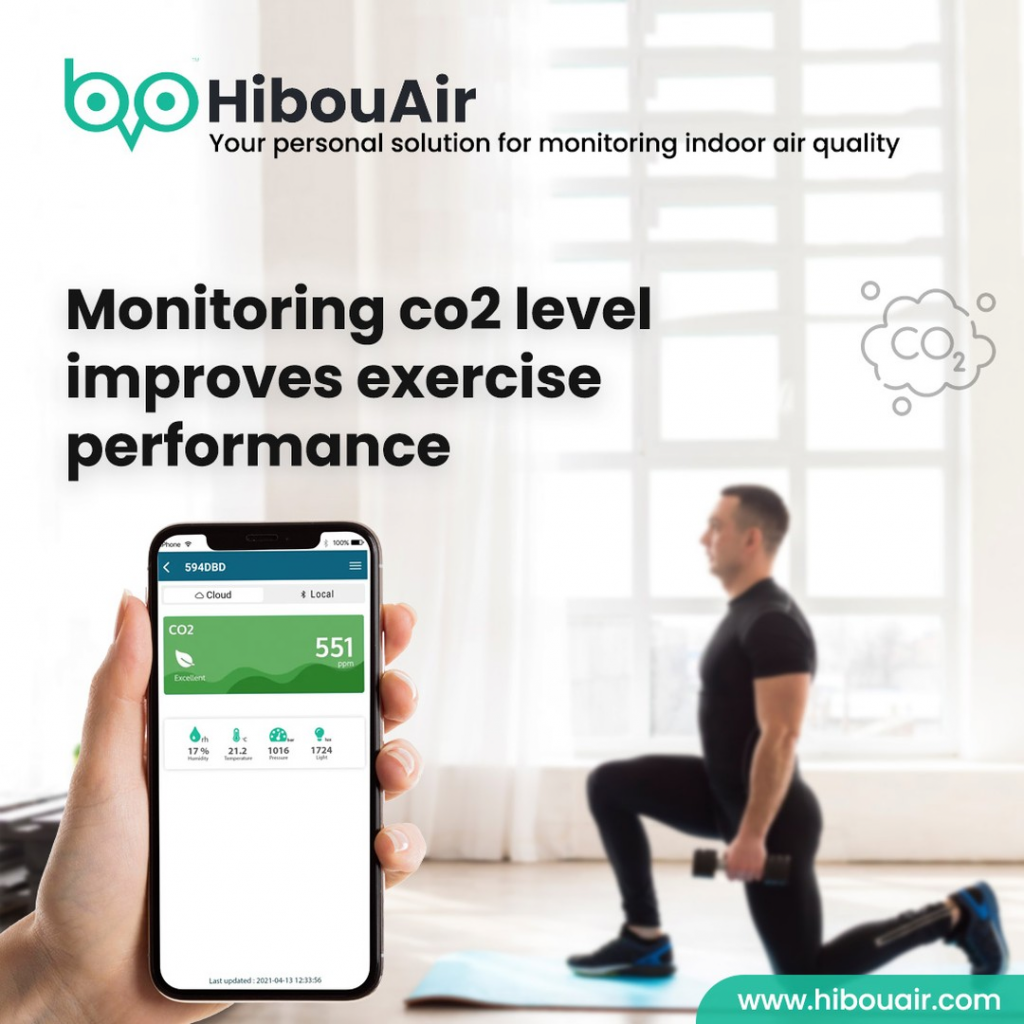
Gyms and Fitness Centers
Exercise accelerates breathing rates, and without proper ventilation, CO2 can accumulate rapidly. Monitoring helps gym operators maintain an environment that supports performance, recovery, and member satisfaction. Discover more about fitness centers and IAQ.
Industrial Sites and Warehouses
Factories, production lines, and warehouses not only house many people but also machinery that impacts air quality. CO2 monitoring provides an added layer of safety and helps companies stay compliant with workplace regulations. See details about monitoring in industrial facilities.
Homes and Residential Spaces
Our homes should be places of comfort and rest, but CO2 often spikes in bedrooms during the night or in home offices during long workdays. Monitoring ensures that ventilation strategies are effective and that the family is breathing healthier air. Find out how HibouAir can improve residential IAQ.
Why CO2 Monitoring Makes a Difference
The presence of CO2 directly affects how people feel and function. In learning environments, it influences comprehension and memory. In offices, it impacts productivity and decision-making. In hospitals and elderly care centers, it plays a role in patient safety and recovery outcomes. Beyond human wellbeing, CO2 data also helps optimize ventilation systems, lowering energy consumption and supporting sustainability efforts. By acting on this data, organizations not only improve comfort but also reduce costs and align with environmental goals.
Choosing the Right CO2 Monitor
When selecting a CO2 monitor, it’s important to go beyond just the basics. Accuracy is critical, but the ability to measure multiple parameters such as particulate matter, humidity, VOCs, and noise makes the data more valuable. Access to both real-time and historical data ensures that decisions can be made quickly while also tracking long-term patterns. Connectivity plays a major role too: whether through BLE, Wi-Fi, or cellular, the monitor must integrate seamlessly with HVAC systems and digital dashboards. Lastly, scalability is essential — the monitor should work just as effectively in a single room as it does across large campuses or multi-site operations.
How HibouAir Meets These Demands
HibouAir addresses these challenges with a full suite of advanced solutions. The HibouAir Duo combines CO2 and particulate matter monitoring with additional parameters like temperature, humidity, VOCs, and noise, all in one compact unit.
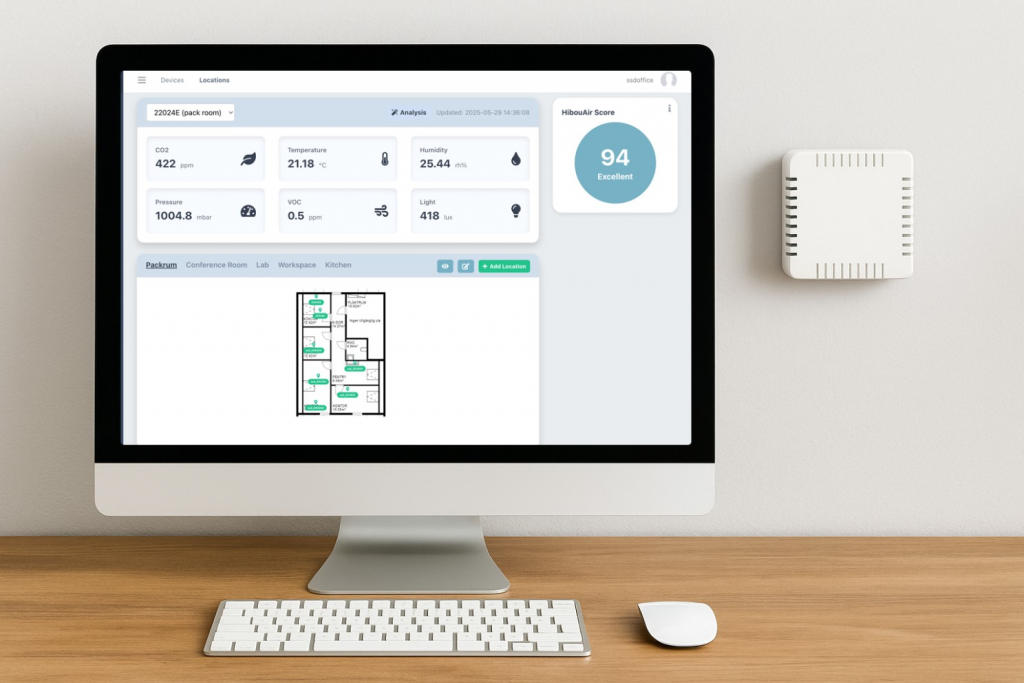
For quick and reliable installations, the standalone version offers a simple plug-and-play setup, while enterprises can scale monitoring across sites with cloud-based platforms or the lighter cloud lite solution. Data can be accessed in real time and analyzed historically via desktop applications and mobile devices, making it accessible from anywhere. With multiple connectivity options and seamless integration into building systems, HibouAir ensures that organizations gain not only data but also actionable insights to improve health, safety, and efficiency.


